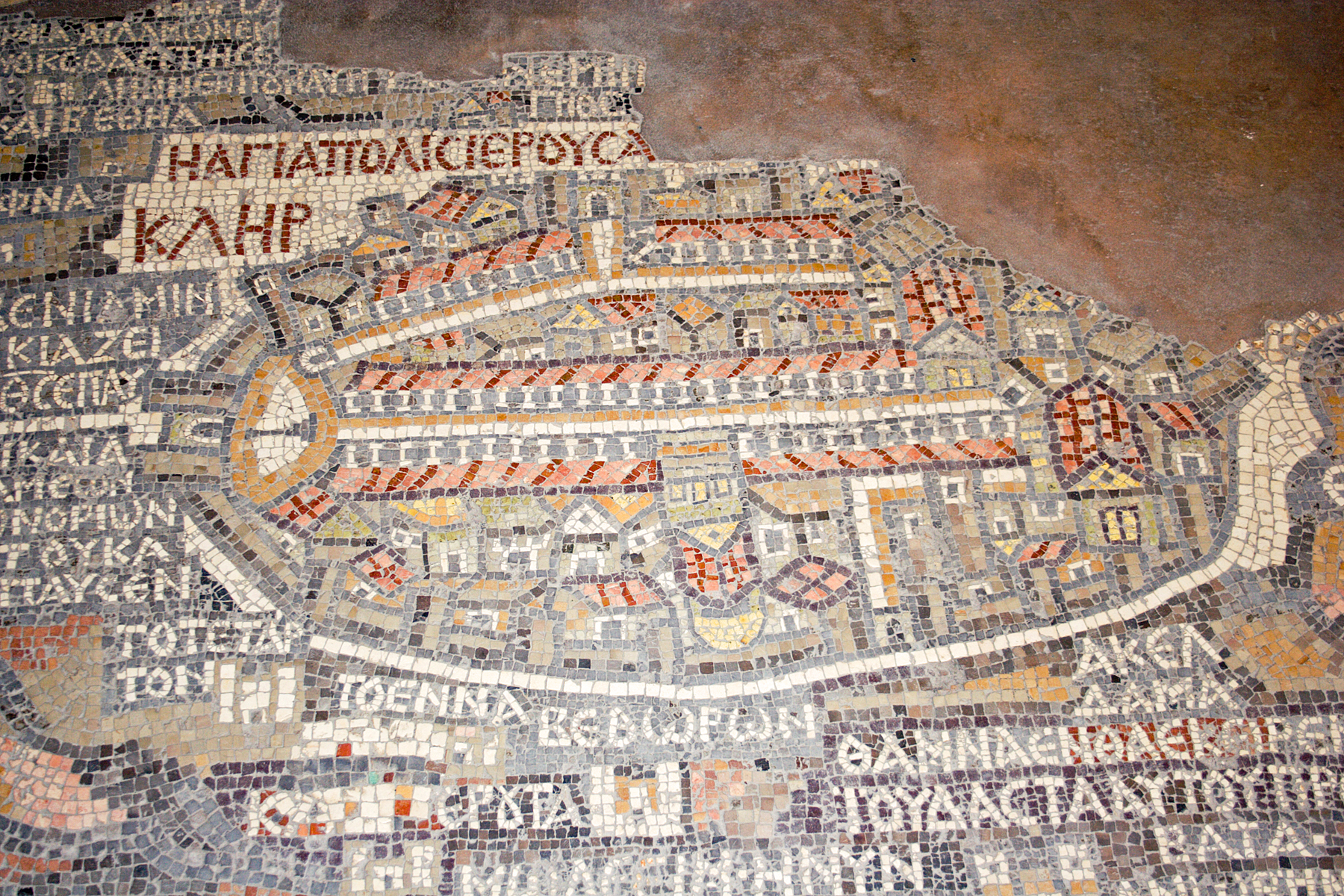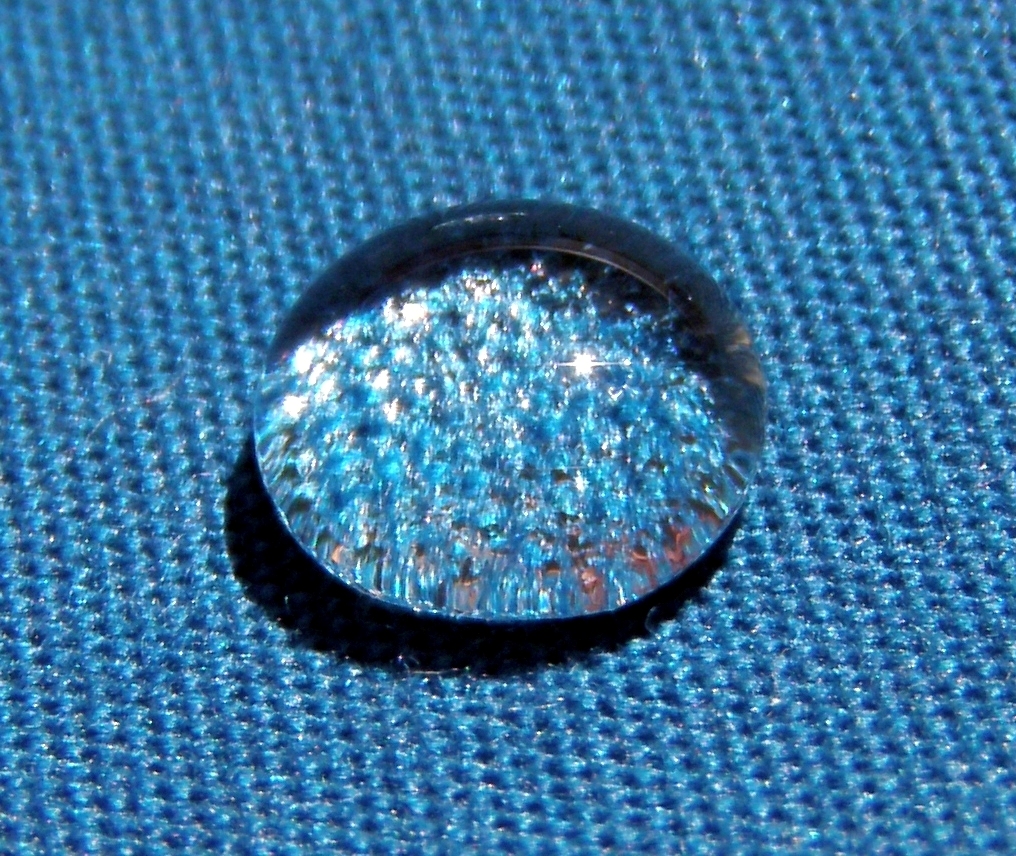|
Surface Tension
Surface tension is the tendency of liquid surfaces at rest to shrink into the minimum surface area possible. Surface tension (physics), tension is what allows objects with a higher density than water such as razor blades and insects (e.g. Gerridae, water striders) to float on a water surface without becoming even partly submerged. At liquid–air interfaces, surface tension results from the greater attraction of liquid molecules to each other (due to Cohesion (chemistry), cohesion) than to the molecules in the air (due to adhesion). There are two primary mechanisms in play. One is an inward force on the surface molecules causing the liquid to contract. Second is a tangential force parallel to the surface of the liquid. This ''tangential'' force is generally referred to as the surface tension. The net effect is the liquid behaves as if its surface were covered with a stretched elastic membrane. But this analogy must not be taken too far as the tension in an elastic membrane i ... [...More Info...] [...Related Items...] OR: [Wikipedia] [Google] [Baidu] |
Area
Area is the measure of a region's size on a surface. The area of a plane region or ''plane area'' refers to the area of a shape or planar lamina, while '' surface area'' refers to the area of an open surface or the boundary of a three-dimensional object. Area can be understood as the amount of material with a given thickness that would be necessary to fashion a model of the shape, or the amount of paint necessary to cover the surface with a single coat. It is the two-dimensional analogue of the length of a curve (a one-dimensional concept) or the volume of a solid (a three-dimensional concept). Two different regions may have the same area (as in squaring the circle); by synecdoche, "area" sometimes is used to refer to the region, as in a " polygonal area". The area of a shape can be measured by comparing the shape to squares of a fixed size. In the International System of Units (SI), the standard unit of area is the square metre (written as m2), which is the area o ... [...More Info...] [...Related Items...] OR: [Wikipedia] [Google] [Baidu] |
Sigma
Sigma ( ; uppercase Σ, lowercase σ, lowercase in word-final position ς; ) is the eighteenth letter of the Greek alphabet. In the system of Greek numerals, it has a value of 200. In general mathematics, uppercase Σ is used as an operator (mathematics), operator for summation. When used at the end of a Letter case, letter-case word (one that does not use all caps), the final form (ς) is used. In ' (Odysseus), for example, the two lowercase sigmas (σ) in the center of the name are distinct from the word-final sigma (ς) at the end. The Latin alphabet, Latin letter S derives from sigma while the Cyrillic script, Cyrillic letter Es (Cyrillic), Es derives from a #Lunate sigma, lunate form of this letter. History The shape (Σς) and alphabetic position of sigma is derived from the Phoenician alphabet, Phoenician letter (Shin (letter), ''shin''). Sigma's original name may have been ''san'', but due to the complicated early history of the Greek Archaic Greek alphabets, epich ... [...More Info...] [...Related Items...] OR: [Wikipedia] [Google] [Baidu] |
Gamma
Gamma (; uppercase , lowercase ; ) is the third letter of the Greek alphabet. In the system of Greek numerals it has a value of 3. In Ancient Greek, the letter gamma represented a voiced velar stop . In Modern Greek, this letter normally represents a voiced velar fricative , except before either of the two front vowels (/e/, /i/), where it represents a Voiced palatal fricative#Palatal, voiced palatal fricative ; while /g/ in foreign words is instead commonly transcribed as γκ). In the International Phonetic Alphabet and other modern Latin-alphabet based phonetic transcription#Alphabetic, phonetic notations, it represents the voiced velar fricative. History The Greek letter Gamma Γ is a grapheme derived from the Phoenician alphabet, Phoenician letter (''gīml'') which was rotated from the right-to-left script of Canaanite to accommodate the Greek language's writing system of left-to-right. The Canaanite grapheme represented the /g/ phoneme in the Canaanite language, and a ... [...More Info...] [...Related Items...] OR: [Wikipedia] [Google] [Baidu] |
Water Droplet Lying On A Damask
Water is an inorganic compound with the chemical formula . It is a transparent, tasteless, odorless, and nearly colorless chemical substance. It is the main constituent of Earth's hydrosphere and the fluids of all known living organisms (in which it acts as a solvent). It is vital for all known forms of life, despite not providing food energy or organic micronutrients. Its chemical formula, , indicates that each of its molecules contains one oxygen and two hydrogen atoms, connected by covalent bonds. The hydrogen atoms are attached to the oxygen atom at an angle of 104.45°. In liquid form, is also called "water" at standard temperature and pressure. Because Earth's environment is relatively close to water's triple point, water exists on Earth as a solid, a liquid, and a gas. It forms precipitation in the form of rain and aerosols in the form of fog. Clouds consist of suspended droplets of water and ice, its solid state. When finely divided, crystalline ice may precipitat ... [...More Info...] [...Related Items...] OR: [Wikipedia] [Google] [Baidu] |
Young–Laplace Equation
In physics, the Young–Laplace equation () is an equation that describes the capillary pressure difference sustained across the interface between two static fluids, such as water and air, due to the phenomenon of surface tension or wall tension, although use of the latter is only applicable if assuming that the wall is very thin. The Young–Laplace equation relates the pressure difference to the shape of the surface or wall and it is fundamentally important in the study of static capillary surfaces. It is a statement of normal stress balance for static fluids meeting at an interface, where the interface is treated as a surface (zero thickness): \begin \Delta p &= -\gamma \nabla \cdot \hat n \\ &= -2\gamma H_f \\ &= -\gamma \left(\frac + \frac\right) \end where \Delta p is the Laplace pressure, the pressure difference across the fluid interface (the exterior pressure minus the interior pressure), \gamma is the surface tension (or wall tension), \hat n is the unit normal poi ... [...More Info...] [...Related Items...] OR: [Wikipedia] [Google] [Baidu] |
Meniscus (liquid)
In physics (particularly liquid statics), the meniscus (: menisci, ) is the curve in the upper surface of a liquid close to the surface of the container or another object, produced by surface tension. A concave meniscus occurs when the attraction between the particles of the liquid and the container ( adhesion) is more than half the attraction of the particles of the liquid to each other ( cohesion), causing the liquid to climb the walls of the container (see ). This occurs between water and glass. Water-based fluids like sap, honey, and milk also have a concave meniscus in glass or other wettable containers. Conversely, a convex meniscus occurs when the adhesion energy is less than half the cohesion energy. Convex menisci occur, for example, between mercury and glass in barometers and thermometers. In general, the shape of the surface of a liquid can be complex. For a sufficiently narrow tube with circular cross-section, the shape of the meniscus will approximate a sectio ... [...More Info...] [...Related Items...] OR: [Wikipedia] [Google] [Baidu] |
Contact Angle
The contact angle (symbol ) is the angle between a liquid surface and a solid surface where they meet. More specifically, it is the angle between the surface tangent on the liquid–vapor interface and the tangent on the solid–liquid interface at their intersection. It quantifies the '' wettability'' of a solid surface by a liquid via the Young equation. A given system of solid, liquid, and vapor at a given temperature and pressure has a unique equilibrium contact angle. However, in practice a dynamic phenomenon of contact angle hysteresis is often observed, ranging from the advancing (maximal) contact angle to the receding (minimal) contact angle. The equilibrium contact is within those values, and can be calculated from them. The equilibrium contact angle reflects the relative strength of the liquid, solid, and vapour molecular interaction. The contact angle depends upon the medium above the free surface of the liquid, and the nature of the liquid and solid in contact. It ... [...More Info...] [...Related Items...] OR: [Wikipedia] [Google] [Baidu] |
Wetting
Wetting is the ability of a liquid to displace gas to maintain contact with a solid surface, resulting from intermolecular interactions when the two are brought together. These interactions occur in the presence of either a gaseous phase or another liquid phase not miscible with the wetting liquid. The degree of wetting (wettability) is determined by a force balance between adhesive and cohesive forces. There are two types of wetting: non-reactive wetting and reactive wetting. Wetting is important in the bonding or adherence of two materials. The wetting power of a liquid, and surface forces which control wetting, are also responsible for related effects, including capillary effects. Surfactants can be used to increase the wetting power of liquids such as water. Wetting has gained increasing attention in nanotechnology and nanoscience research, following the development of nanomaterials over the past two decades (i.e., graphene, carbon nanotube, boron nitride nanomesh). ... [...More Info...] [...Related Items...] OR: [Wikipedia] [Google] [Baidu] |
Internal Pressure
Internal pressure is a measure of how the internal energy of a system changes when it expands or contracts at constant temperature. It has the same dimensions as pressure, the SI unit of which is the pascal. Internal pressure is usually given the symbol \pi_T. It is defined as a partial derivative of internal energy with respect to volume at constant temperature: : \pi _T = \left ( \frac \right )_T Thermodynamic equation of state Internal pressure can be expressed in terms of temperature, pressure and their mutual dependence: :\pi_T = T \left ( \frac \right )_V - p This equation is one of the simplest thermodynamic equations. More precisely, it is a thermodynamic property relation, since it holds true for any system and connects the equation of state to one or more thermodynamic energy properties. Here we refer to it as a "thermodynamic equation of state." Derivation of the thermodynamic equation of state The fundamental thermodynamic equation states for the exact differ ... [...More Info...] [...Related Items...] OR: [Wikipedia] [Google] [Baidu] |
Surface Stress
Surface stress was first defined by Josiah Willard Gibbs (1839–1903) as the amount of the reversible work per unit area needed to elastically stretch a pre-existing surface science, surface. Depending upon the convention used, the area is either the original, unstretched one which represents a constant number of atoms, or sometimes is the final area; these are atomistic versus continuum definitions. Some care is needed to ensure that the definition used is also consistent with the elastic strain energy, and misinterpretations and disagreements have occurred in the literature. A similar term called "surface free energy", the excess Thermodynamic free energy, free energy per unit area needed to create a new surface, is sometimes confused with "surface stress". Although surface stress and surface free energy of liquid–gas or liquid–liquid Interface (chemistry), interface are the same, they are very different in solid–gas or solid–solid interface. Both terms represent an ener ... [...More Info...] [...Related Items...] OR: [Wikipedia] [Google] [Baidu] |



